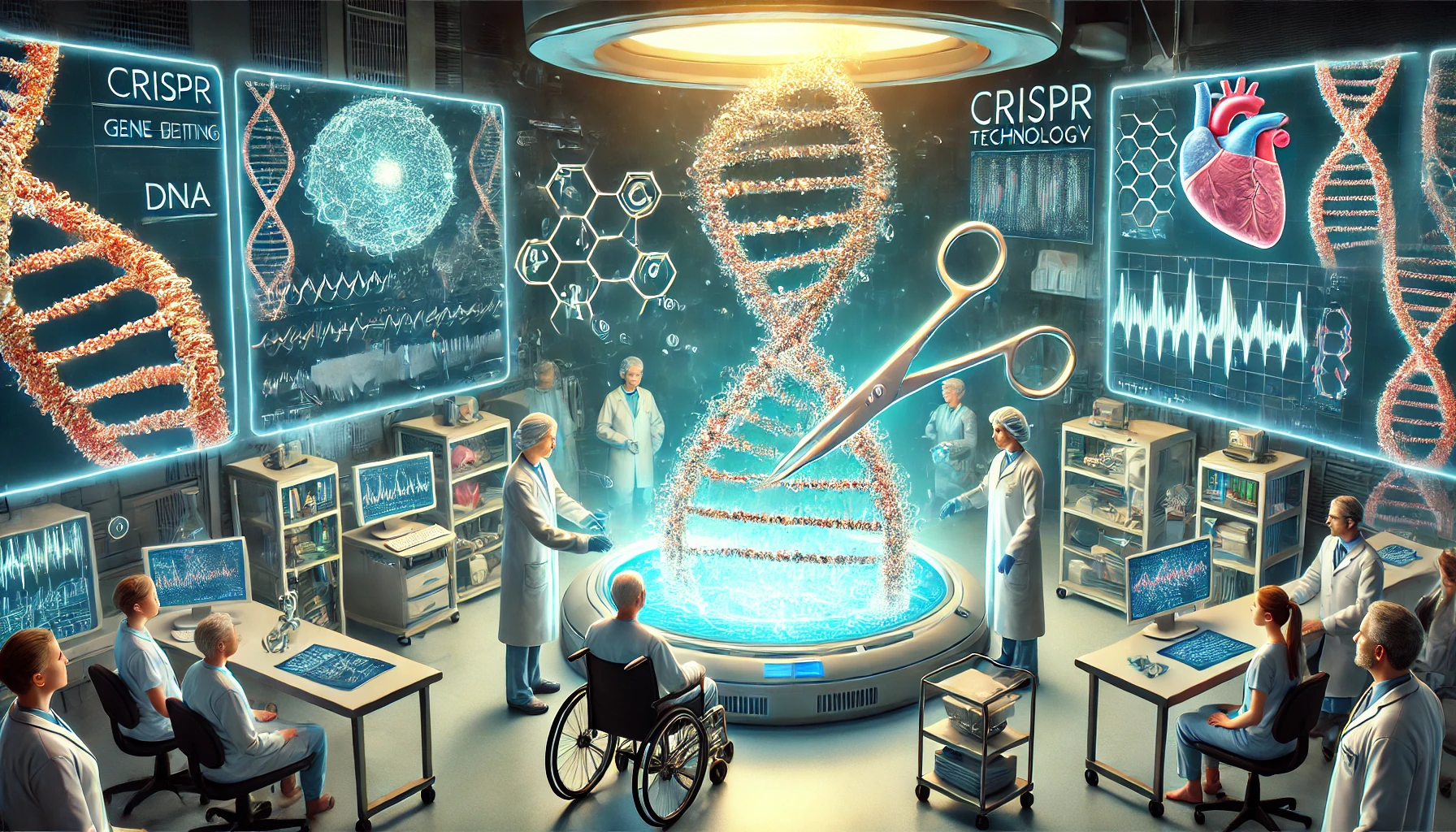Quantum Gravity Breakthrough: The Race to Unify General Relativity and Quantum Mechanics

The Clash of Titans: Einstein vs Quantum Theory
Imagine two superheroes duking it out. In one corner, we have General Relativity—the big boss of gravity, space, and time, thanks to our favorite physics superstar, Albert Einstein. In the other corner stands Quantum Mechanics, a rulebook for how the tiny, subatomic particles behave, making our modern technology, from lasers to computers, possible. Now, these two titans aren’t playing nice together. General Relativity is fantastic at explaining the universe on a large scale—think planets, black holes, and galaxies. But Quantum Mechanics? It rules the microscopic world with an iron fist. Together? They’re like oil and water—refusing to mix, despite years of theoretical coaxing. So, what’s the deal? How can we unify these two into one all-encompassing theory of everything?
The Problem with Unification
Well, let’s break it down. General Relativity is smooth and continuous—it describes the fabric of spacetime as a gentle curve caused by mass and energy. On the other hand, Quantum Mechanics is choppy, discrete, and probabilistic. It’s all about particles popping in and out of existence in a wild dance of uncertainty. When physicists try to smash these two frameworks together—like trying to use quantum mechanics to explain black holes or the Big Bang—it just doesn’t work. Equations blow up. Predictions go haywire. The two theories give vastly different descriptions of how gravity should behave at the tiniest scales. The crux of the problem is gravity itself. Quantum theory describes the forces of electromagnetism, weak nuclear force, and strong nuclear force quite nicely. But gravity? It’s the oddball that refuses to fit into the quantum picture. That’s where quantum gravity comes into play.
The Latest Theoretical Advances
So, how close are we to a breakthrough? Well, physicists have been rolling up their sleeves and digging into theories like string theory and loop quantum gravity. String theory imagines that instead of tiny particles, everything is made up of super small vibrating strings. These strings could theoretically unify all the forces—including gravity. But string theory is, well, complicated. It exists in multiple dimensions and hasn’t yet produced experimental proof. Loop quantum gravity takes a different approach. Instead of smooth spacetime, it posits that spacetime is made up of tiny loops, forming a fabric of discrete chunks. It's like spacetime has pixels, just like your TV screen. While both of these theories are exciting, neither has given us the 'aha!' moment we've been waiting for.
Experimental Progress: Tiny Particles and Big Ideas
Here’s where it gets wild. Recent experiments are providing some glimmers of hope. Scientists are trying to observe quantum effects of gravity by measuring how particles behave under extremely tiny forces. For instance, at the European Space Agency’s MICROSCOPE mission, they tested Einstein’s theory of general relativity with ultra-precise measurements, and it passed with flying colors. But what about at the quantum level? That’s where things get tricky. The holy grail would be to detect gravitons—hypothetical particles that mediate the force of gravity, similar to how photons mediate light. Detecting gravitons would be like finding Bigfoot and getting a selfie with him. So far, no gravitons have been spotted, but scientists are designing increasingly sensitive experiments to try to catch one. Another exciting area of experimentation is in the realm of black holes. Thanks to recent advances in imaging black holes and detecting gravitational waves, we’re learning more about how gravity behaves under extreme conditions. Some physicists are even exploring the idea that black holes might be a window into quantum gravity—if we can understand their mechanics, we might crack the code.
The Future of Quantum Gravity: What Comes Next?
So, what's next for this wild ride in quantum gravity? Physicists are continuing to chip away at the theory, from tackling mathematical models to performing cutting-edge experiments. The dream is to one day find that elusive 'theory of everything'—a unified framework that would explain both the very big and the very small. If successful, it could reshape our understanding of the universe, leading to advances in everything from computing to space travel. While it might still be a long way off, the progress being made today is bringing us closer than ever before. It’s like solving a giant cosmic puzzle—slowly but surely, we’re piecing it together. One thing is for sure: the journey toward understanding quantum gravity is far from over, and the breakthroughs to come could be as revolutionary as Einstein’s original theory of relativity.
What Do You Think?
Will quantum gravity finally bring together the worlds of the very large and the very small? Could we be on the brink of a new era in physics, or is the unification of these two theories still a distant dream? Let us know your thoughts!



